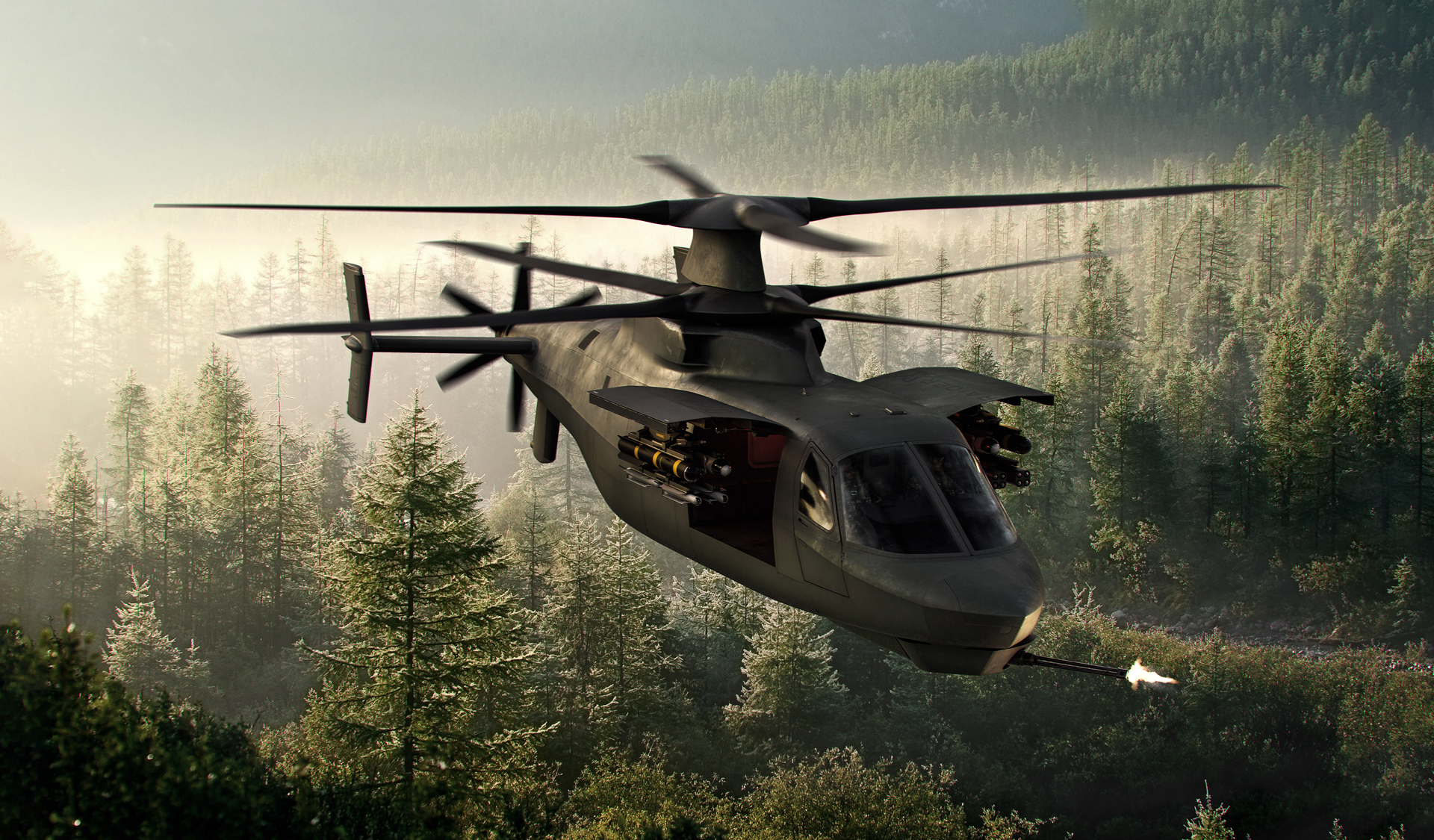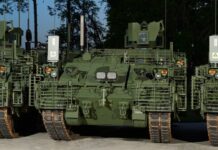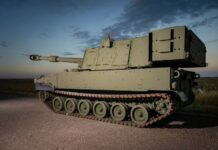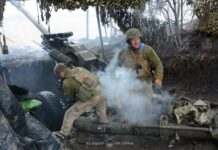The US Army announced on 8 February 2024 that it will discontinue development of the Future Attack and Reconnaissance Aircraft (FARA) as part of a “transformational rebalancing” of its future aviation initiatives.
Beyond cancelling the FARA programme at the conclusion of FY24 prototyping activities, the army also announced that it will end production of the UH-60V version of the Black Hawk helicopter, which extends service life of existing airframes by 10 years, after FY24 due to significant cost growth; delay entering production with the Improved Turbine Engine (ITEP) to ensure adequate time to integrate it with the UH-60 and AH-64 helicopters; and phase out operations and sustainment of its legacy Shadow and Raven unmanned aerial vehicles (UAVs).
These measures are designed, the army stated, to “free up resources to make critical new investments in army aviation”. These include: committing to a new multi-year contract to procure the UH-60M Black Hawk helicopter – a new airframe with a 20+ year service life – and invest in upgrades for the Black Hawk; ending uncertainty over the future of the CH-47F Block II Chinook heavylift helicopter by formally entering it into production, with a path to full-rate production in the future; continuing with the Future Long Range Assault Aircraft (FLRAA) programme as planned, ensuring the army remains on a path to field the first operational unit in FY30; and increasing investments in research and development to expand and accelerate the army’s unmanned aerial reconnaissance capability, including future tactical unmanned aerial systems and launched effects.
In ending the FARA effort the army said that its leaders “assessed that the increased capabilities it offered could be more affordably and effectively achieved by relying on a mix of enduring, unmanned, and space-based assets”.
The army added that, “without reprioritising funds in its constrained aviation portfolio, the army faced the unacceptable risk of decline and closure of production and sustainment lines for the Chinook and Black Hawk fleets”. The army’s new plan will renew and extend production of both these aircraft, while also sustaining the experienced workforce and vendor base that underpin the army’s aviation capabilities.
The FARA programme, which was launched in 2018, ultimately saw the Bell 360 Invictus vying against Sikorsky’s Raider X compound helicopter for the requirement; both aircraft were downselected from a larger field in March 2020. However, testing of these aircraft had been delayed by the late arrival of the army-stipulated ITEP powerplant, meaning they never actually flew in the required configuration.

Bell’s tandem-cockpit 360 Invictus design features four high-speed articulating rotor blades derived from the larger Bell 525 Relentless medium helicopter along with wings to create lift when the aircraft is travelling at speed. Sikorsky’s Raider X is a compound helicopter design with two coaxial rotors and a single pusher propeller.
The requirements for FARA competitive prototypes were relatively few, with the main ones being: a maximum speed of at least 180 kt (333 km/h), a maximum rotor diameter of 40 ft (12.2 m), a maximum gross weight of 14,000 lb (6,350 kg) and a requirement for it to be powered by the ITEP engine.
The 360 Invictus and Raider X thus join the list of other cancelled US Army rotary-wing armed reconnaissance platforms; the Boeing–Sikorsky RAH-66 Comanche was cancelled in 2004, while the Bell ARH-70 Arapaho was cancelled in 2008.

The army noted that it remains committed to its “most ambitious modernisation effort in more than 40 years”. Key remaining areas of focus include delivery and fielding of the Mid-Range Capability weapon system, M-10 Booker Mobile Protected Firepower AFV, Next Generation Squad Weapon, Armored Multi-Purpose Vehicle, integrated air and missile defences, Precision Strike Missile, Mounted and Dismounted Assured Position Timing and Navigation System, Maneuver-Short Range Air Defense capability, Lower Tier Air and Missile Defense Sensor, Enhanced Night Vision Goggle-Binocular, and entering the engineering and manufacturing development phase for FLRAA.
The Bell V-280 Valor tilt-rotor, which was selected by the army as its winning FLRAA candidate in December 2022, is still set to enter operations in 2030.












